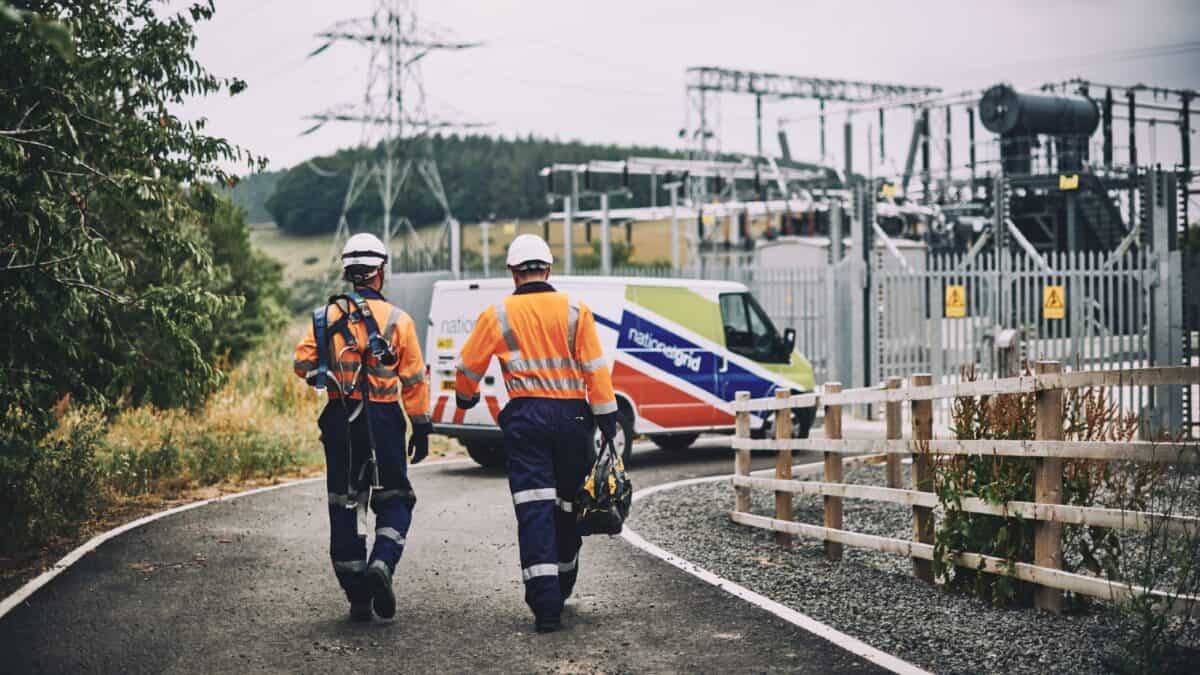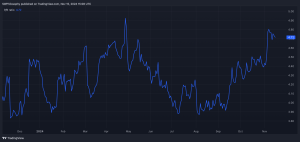Companies that can provide steady returns and weather economic storms are always high on my list of priorities. National Grid (LSE: NG.) has long been a stalwart of many UK portfolios, but with recent political changes and shifting energy landscapes, what’s next for the share price?
New government
With a fresh face in Downing Street, there’s bound to be some policy shifts that could impact the firm. The new administration has been making very positive noises about accelerating the UK’s transition to renewable energy. However, this could be a double-edged sword.
On one hand, the company’s £60bn investment programme, aimed at overhauling the UK’s transmission grid to facilitate more offshore wind connections, seems perfectly aligned with these ambitions. This massive investment is expected to deliver annual asset growth of around 10.1%.
However, increased government intervention in the sector could also mean more regulatory scrutiny, which might squeeze margins. It’s a delicate balance.
The numbers
Speaking of balance, let’s talk about the financials. The company’s recent decision to rebase its dividend has been a bit of a sore spot for income-focused investors. While the yield of 5.76% is still nothing to sneeze at, the payout ratio is a whopping 97%. That doesn’t leave much room for error or future growth.
On the plus side, management’s move to strengthen its balance sheet through a £7bn equity raise should provide more financial flexibility for future investments. This could pay off handsomely in the long run, especially as the UK ramps up renewable energy capacity.
However, debt is not well covered by operating cash flow, which could be a concern if interest rates remain high. The company’s beta of 0.95 suggests it’s only slightly less volatile than the overall market, which might surprise some investors who view utilities as ultra-stable investments.
Eyes on the future
Looking at the broader energy landscape, the company stands to benefit from the increasing electrification of… well, everything. From electric vehicles to heat pumps, demand for electricity is only going to grow. As the company responsible for keeping the lights on across the UK, it feels well-positioned to capitalise on this trend.
However, it’s not just about the UK. National Grid also has significant operations in the US, serving over 7m customers. This geographic diversification provides some insulation against UK-specific risks, but also exposes the company to different regulatory environments and market dynamics.
So, what’s the verdict? At its current price, just under a pound, the shares are trading about 22% below a discounted cash flow (DCF) estimate of its fair value. It’s obviously not a guarantee that this price will ever be reached, but it does suggest there’s room for growth if the strategy works out.
I’ll be watching
The company’s essential role in the UK’s energy infrastructure, combined with its expanding investment in renewable energy connections, makes it an appealing prospect. However, potential difficulties from increased regulatory scrutiny, high debt levels, and the challenges of managing a massive infrastructure overhaul shouldn’t be ignored.
In the end, the National Grid share price will likely continue to reflect the push and pull between these various factors. I’ll be adding it to my watchlist for now.
This post was originally published on Motley Fool







